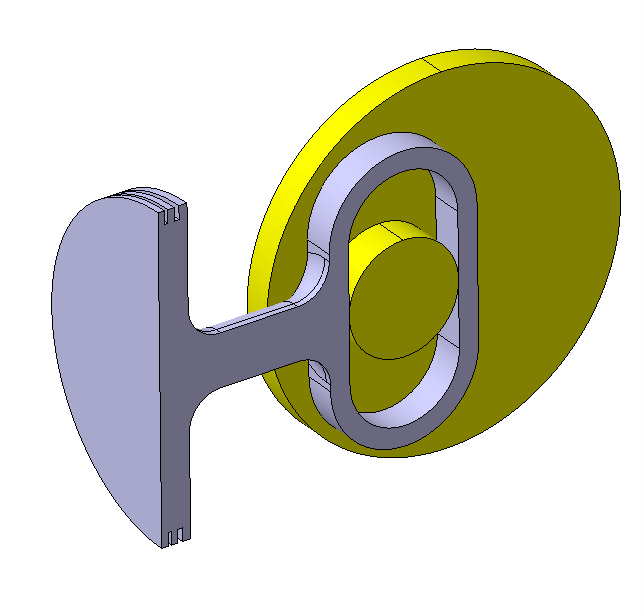The Scotch Yoke
Anyone who deals with engines will be familiar with the con rod (unless you are a fanatic of the rotary engine to the exclusion of all others). It is a simple articulating link that connects the piston to the crankshaft and, in doing so, converts reciprocating motion into rotary motion, making it much easier to extract work from the expanding gases in the combustion chamber.
However, the con rod poses some problems for the engine designer, especially the race engine designer who is under pressure to keep component mass, overall engine mass and the dimensions of the engine to a minimum. To satisfy all these criteria, the logical strategy is to reduce the con rod length to a absolute minimum, but on many race engines you will find that this strategy has not been followed.
There are two good reasons for this – vibration and friction, and short rods are bad on both counts. They lead to high second-order forces, which act at twice the frequency of engine rotation, and because they act at twice engine speed, they require balance shafts or similarly complex mechanisms to counteract these forces. Race engines don’t tend to bother with such power-sapping devices for increasing engine refinement, but we do need to be mindful of the level of the vibration and the effect it has on the engine, car and driver.
In terms of friction, short rods mean that the angle through which the rod has articulated when the pressure in the combustion chamber is at a maximum is increased. If we say maximum pressure is at 10° after top dead centre, an infinitely long rod will have moved only a very small angle, and the sideways thrust on the piston owing to rod angularity is correspondingly small. Very short rods have large articulation angles though, and therefore the piston skirt is thrust into the cylinder liner with much higher force, and frictional losses are increased as a result.
Engineers tend to look at the ratio of crankshaft throw to rod length. In a race engine, a ratio of 0.33 would be considered high and 0.2 at the low end of the scale. However, the choice of this ratio is chosen according to a number of factors, of which engine operating speed is the most significant.
There is a mechanism though that gives no rod articulation, very little piston side thrust and no second-order vibration. The Scotch Yoke is a simple device, and the crank is connected to the piston essentially by a straight, stiff rod without any articulating pivots. The link can be made as short as is practicable without fear of increasing friction or vibration, allowing the engine designer to make the engine as compact as possible.
In the simplest case, the crankpin simply oscillates within a slot, but this is only suitable for very low speed machines where operating forces are low. In an engine, the concept requires more thought and engineering to make it work properly. In the next article we will look at the Scotch Yoke in more detail.

Fig. 1 - A simple Scotch Yoke mechanism. The piston and slider are a single part, and the crankpin is constrained to move within a track. We can see some obvious mechanical limitations here, but evolutions of this mechanism have run successfully in engines
Written by Wayne Ward